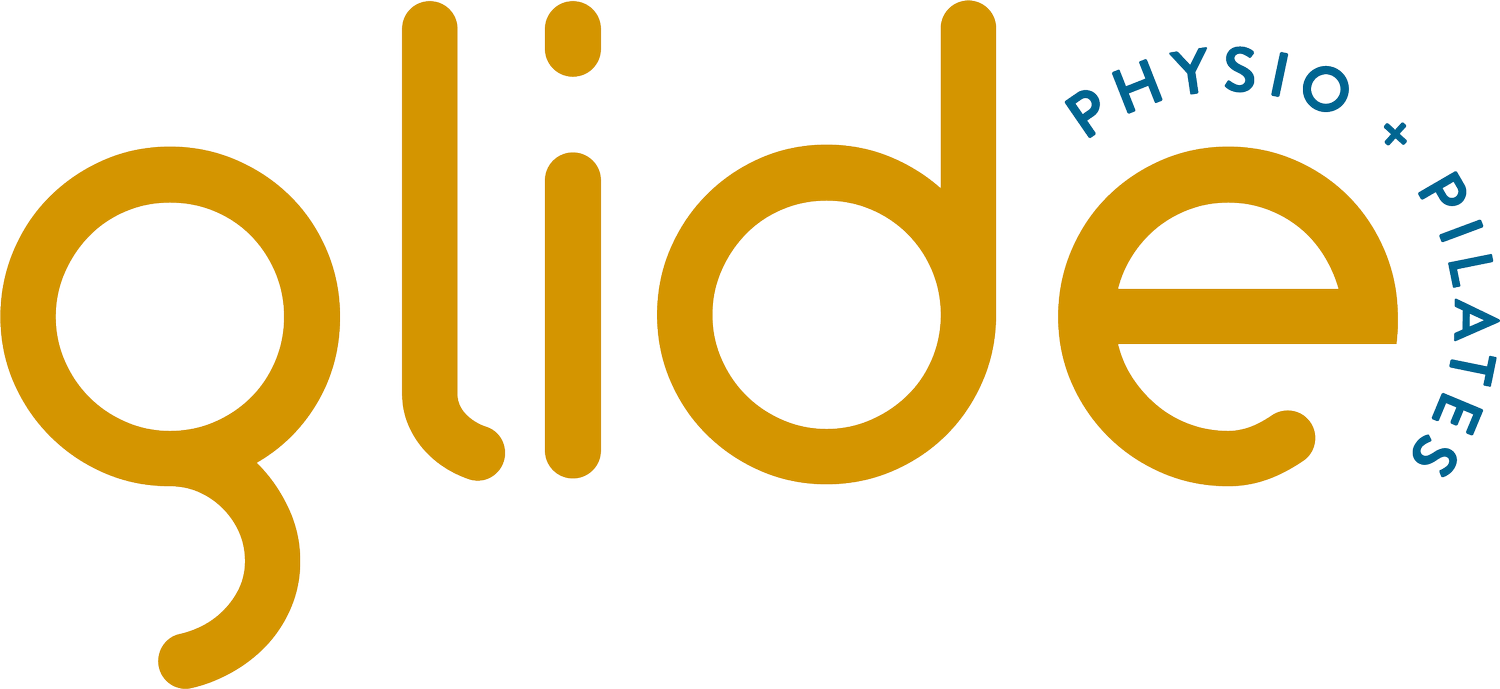Deep Neck Flexor Muscle Training
What is Deep Neck Flexor Muscle Training?
Deep neck flexor muscle training focuses on strengthening the deep cervical flexor muscles, which are essential for maintaining proper posture and stability of the head and neck. These muscles play a crucial role in supporting the cervical spine, helping to prevent neck pain and improving overall function.
Anatomy and Physiology of Deep Neck Flexors
The deep neck flexors consist primarily of the longus capitis and longus colli muscles. These muscles are located in the front of the neck and are responsible for flexing the cervical spine and stabilising the head. They help maintain the neutral alignment of the cervical spine during various activities, such as sitting, standing, and moving. Weakness or poor activation of these muscles is associated with forward head posture, neck pain, tension and headaches.
How Deep Neck Flexor Muscle Training Benefits You
Strengthening the deep neck flexors can provide numerous benefits, including:
Improved Posture: Training these muscles helps restore proper alignment of the head and neck, reducing forward head posture.
Reduced Neck Pain: By enhancing muscle strength and control, deep neck flexor training can alleviate pain associated with muscle strain or overuse. By training the deep neck flexors, you can reduce the overactivity of the superficial neck muscles, which often become tense and overworked when the deep muscles are weak. This reduction in superficial muscle tension can further relieve pain and discomfort.
Enhanced Stability: Strong deep neck flexors contribute to greater stability of the cervical spine during movement, which can improve overall function and reduce the likelihood of injury.
Better Movement Mechanics: Proper activation of these muscles supports the cervical spine during daily activities and sports, enhancing overall movement efficiency.
What Does Deep Neck Flexor Muscle Training Feel Like?
Deep neck flexor muscle exercises are very subtle. You may feel a gentle activation in the front of your neck, but it’s more likely that you will feel very little muscle activity. If you feel a strong muscle contraction, or create a large movement, it’s likely that you are over-using your superficial neck muscles.
These exercises will often begin in a neutral neck position, usually lying down on your back. As you get stronger your physio will teach you how to progress these exercises. You’ll learn to use the deep neck flexor muscles in different positions, and during different movements. You should not experience pain; if you do, it’s important to stop and consult your physiotherapist.
How Does Deep Neck Flexor Muscle Training Help?
Deep neck flexor training provides several key benefits:
Increased Muscle Strength: Targeted exercises help strengthen the deep neck flexors, improving their ability to support the cervical spine.
Improved Muscle Activation: Training focuses on enhancing the ability of these muscles to activate correctly during movements, promoting better function.
Pain Reduction: Strengthening the deep neck flexors can help alleviate tension and discomfort in the neck and upper back, leading to improved comfort during daily activities. Reducing the overactivity of superficial neck muscles further alleviates pain and tension.
Enhanced Functional Movement: Better strength and control in the deep neck flexors contribute to improved overall movement patterns and biomechanics.
Conditions Benefited by Deep Neck Flexor Muscle Training
Deep neck flexor muscle training can be beneficial for various conditions, including:
Chronic Neck Pain: Helps relieve discomfort associated with muscle strain and postural issues.
Cervical Spondylosis: Supports rehabilitation by enhancing stability and reducing pain.
Headaches: Alleviates tension-type headaches linked to poor neck posture and muscle dysfunction.
Postural Imbalances: Addresses issues related to forward head posture and rounded shoulders.
Potential Side Effects
Deep neck flexor muscle training is generally safe, but it is common for clients to try “too hard” when learning to use these subtle, deep muscles. Remember to keep it very gentle, and if you experience pain or significant discomfort, consult your physiotherapist.
What Does the Latest Evidence Say?
Research supports the effectiveness of deep neck flexor muscle training in improving neck strength, posture, and pain management. Studies indicate that incorporating these exercises into a comprehensive rehabilitation program can lead to significant improvements in neck function and overall quality of life. Current guidelines recommend focusing on deep neck flexor strengthening as a key component of managing neck pain and enhancing spinal health.
